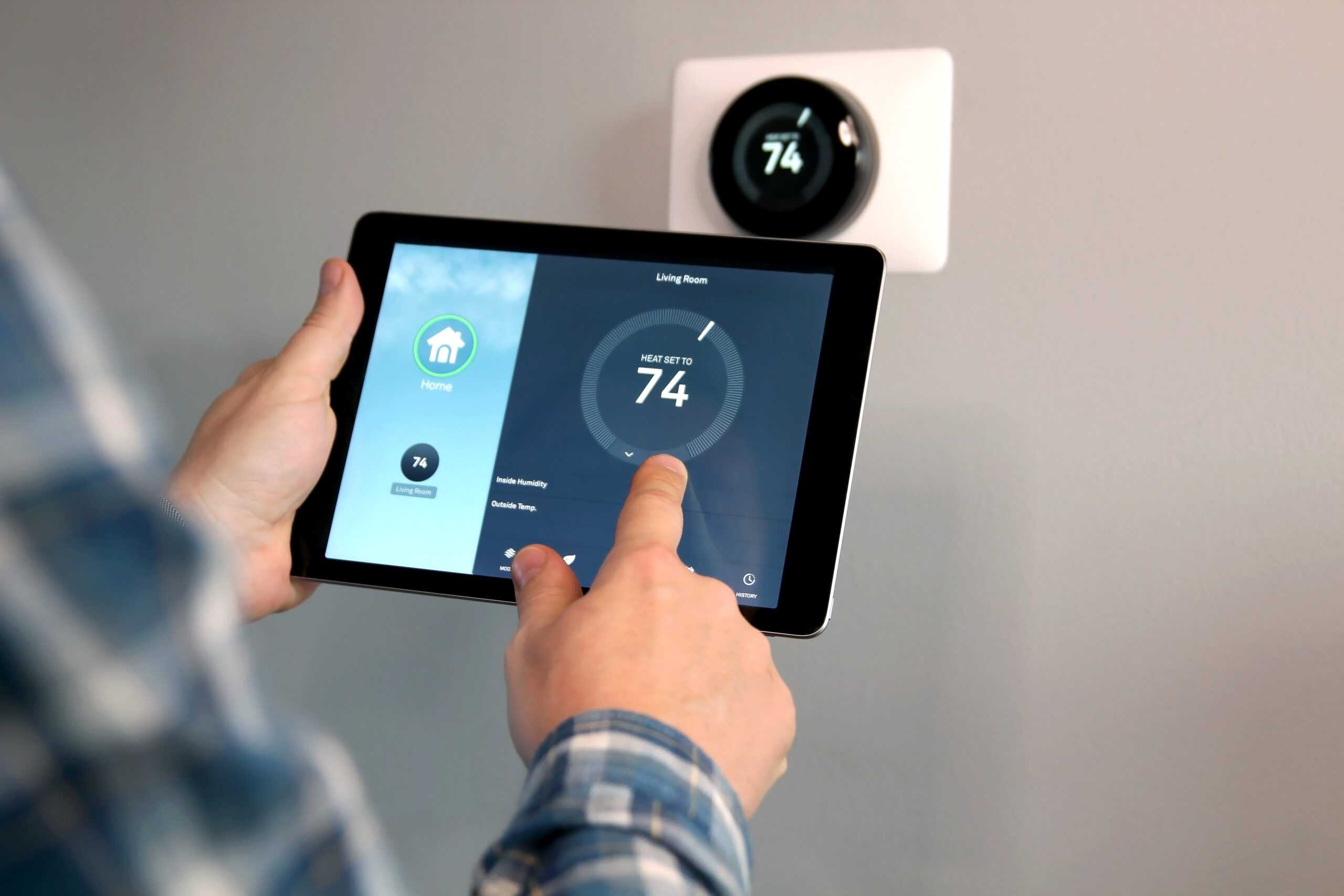In a recent conversation Interpret had with a European service provider, we were asked about the importance of the coming Matter smart home interoperability standard. Would it be a big deal? In short, yes – it has broad implications for the fragmented sector. Cross-industry support for Matter will mean that device companies can focus their development efforts on supporting their own app and on checking the box that indicates support for the Matter protocol.
With Matter broadly accepted, device makers have to decide if they will continue development of a handful of industry standards such as Insteon, Bluetooth, Zigbee, Z-Wave, and Thread, to name a few. Our European product manager stated that at the IFA event in Berlin, several vendors that she spoke with said that with Matter emerging, the need to develop cross-platform/cross-vendor partnership was over. At Interpret, we see the future quite differently.
The smart home interoperability dilemma facing device makers is whether or not to differentiate one’s product through elegant, seamless cross-vendor experiences, or to offer basic functionality through the emerging Matter standard. Matter, striving to be an industry-wide common thread (no pun intended), like any lowest common denominator, must focus on supporting the functions and features that are most common across most products. These are features such as on and off, mute or loud, bright or dim, home or away. In the battle to capture share of market and share of mind, however, smart home device makers will continue to compete on user experience – seeking ratings and reviews on robustness, feature-richness, and integration with other devices.
The fodder for marketing and product differentiation will increasingly be features such as fine-tuning colors, integration with smartphone functions, integration with home entertainment devices, services, and remotes. It is likely that smart home products will evolve into those with basic interoperability to any Matter compatible device or system, and those that are elegantly integrated with a single or multi-vendor ecosystem. In the case of multi-vendor ecosystems, those integrations will be carefully curated, intricately developed, and heavily touted.
The point is that Matter is extremely important and will form the foundation for a mostly seamless smart home experience across vendors, but it will not eliminate the need or the motivation for carefully curated cross-platform partnerships. Investments in partnerships and advanced app features will not decrease with the arrival of Matter but will increase as Matter removes many consumers’ objections to investing in smart home products.
According to Interpret’s Smart Home Matrix consumer research, consumers want products to work together via a single app, to work better together (improved experience), or to be easier to install. While Matter will enable most products to be integrated into a system, some products will provide users with far better experiences. We believe those products that integrate with any Matter compatible device and provide a rich, seamless user experience will dominate their categories and we expect those winners to continue to invest heavily in cross-vendor relationships.




